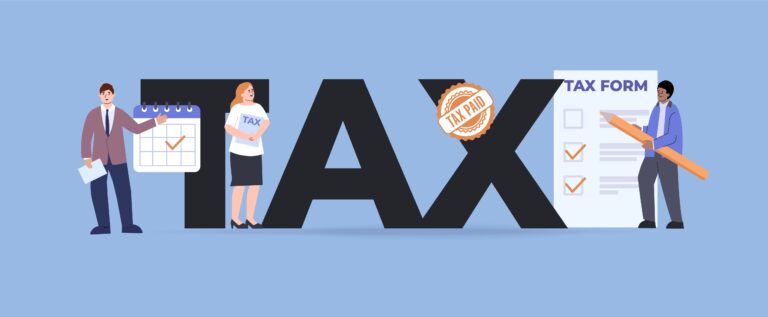5 Small Business Year-End Tax Planning Tips
As the end of the year approaches, it’s time for small business owners to put tax planning on their radar. You have until December 31 to make some strategic moves that can help you take advantage of more tax breaks, maximize your tax deductions, and minimize the amount you’ll owe in taxes when filing time comes.
Keep these five year-end tax planning tips in mind to help place your small business in the best position possible when tax season rolls around.
1. Meet with your CPA as soon as possible.
Here’s our top tax planning tip: Schedule a meeting with your CPA as soon as possible to ensure that your small business will benefit from all the tax deductions and credits it’s entitled to.
It’s also a good idea to have a certified public accountant review your business financials to estimate your tax liability, suggest any tax planning actions you might want to take before the end of the year, and explain what supporting records will be needed.
Having a strategic tax planning meeting now will help eliminate unpleasant surprises when tax time arrives.
2. Evaluate your business structure.
It’s not uncommon in today’s workforce that small businesses start up as a sole proprietorship because it is the easiest. A sole proprietorship is considered a “pass-through” entity. This means that the income and expenses from your sole proprietorship small business are simply passed on to your individual tax return and recorded on a Schedule C (Form 1040).
As your small business grows and evolves, you should be sure to talk with your legal and tax advisers about whether it would be beneficial to instead form an LLC (limited liability company) or a corporation. These business formations help to protect your personal assets from liability. And if your business’s profits are growing, an S corporation election might be helpful to reduce your overall tax liability.
It’s important to discuss these business structures with your CPA or other tax advisers to determine the right fit for your small business.
3. Consider income deferral or acceleration.
If your small business reports its taxes on a cash basis, you might be able to reduce this year’s tax bill by deferring (in other words, delaying) some of your income to the next year.
If you have invoices that you haven’t yet sent to your customers or receivables that you haven’t yet collected, you could consider waiting until January 2023 to send them so that the income won’t be taxable on your 2022 tax return.
On the other hand, if you expect an increase in profits that will put you in a higher tax bracket in 2023, you may want to collect the income in 2022, rather than deferring it to a potentially higher tax year. Ask your tax adviser to help you determine whether it makes sense to accelerate or defer some of your income based on the specifics of your situation.
4. Leverage last-minute deductions.
If your small business reports its income on a cash basis, consider whether you should make any planned purchases before year-end so you can deduct those expenses on your 2022 tax return.
To enjoy even more tax deductions, cash-basis business taxpayers can consider prepaying for services that their company will be using in the coming year, such as business insurance, rent, professional memberships, and other guaranteed fixed expenses.
The holiday season is also a great time for small business owners to make donations to their favorite charities. Check with your tax adviser to see whether your business can benefit from tax deductible year-end charitable contributions. It may depend on your legal business formation and whether you have itemized deductions.
5. Make contributions to your retirement accounts.
As a self-employed business owner, the contributions you make to your retirement plan may reduce your taxable income. If you are looking for ways to invest in your future and reduce your tax liability at the same time, consider making the maximum contributions to these retirement accounts.
If you have employees and your small business does not already offer an employee retirement plan, the end of the year is also a great time to set one up, especially as it offers many tax incentives.
Small businesses may be eligible to receive a tax credit to help cover the startup costs for various types of employee retirement plans, like a SEP, a SIMPLE IRA (Savings Incentive Match PLan for Employees), a 401(k), and others.
Further guidance for tax planning
As a small business owner, if you are proactive with your tax planning, you may be able to take advantage of more tax savings. And with a lower tax bill, of course, you’ll have more money to invest in your business for the year ahead.
_________________________________________
Credit: Oregon Small Business Development Center
Image: freepik






